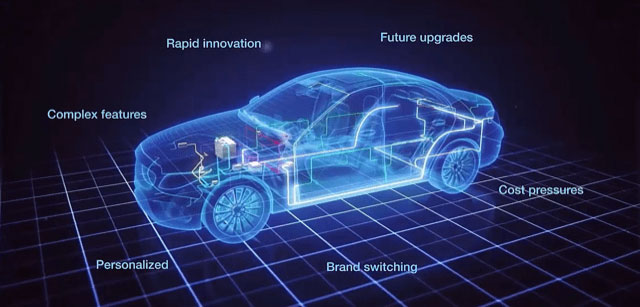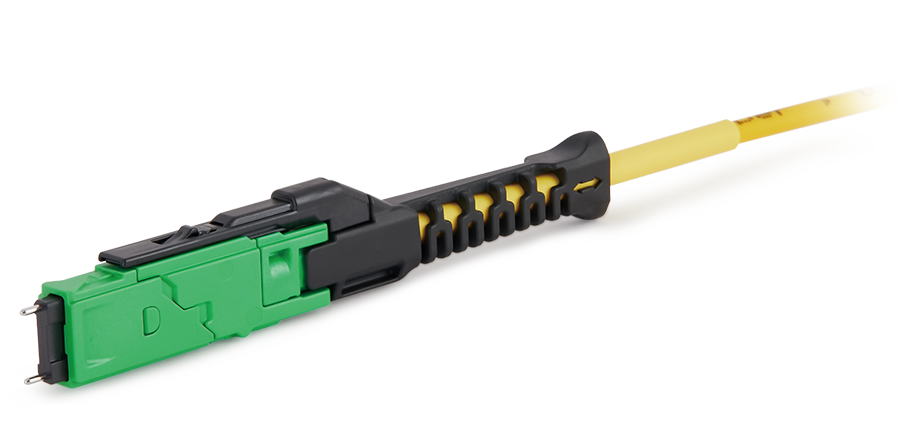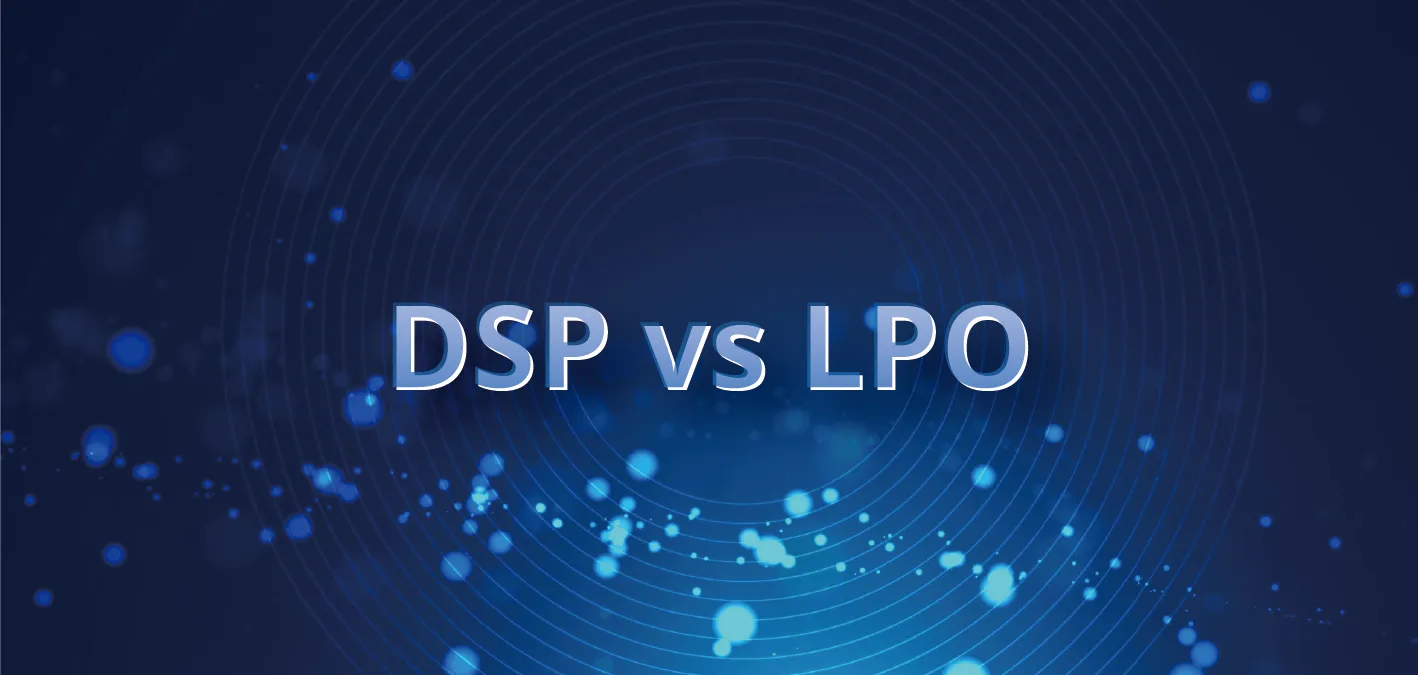As we delve deeper into the confluence of fiber optic connectivity and the future of Electric Vehicles (EVs), it is imperative to recognize the nuanced challenges that lie ahead. The current reliance on cellular connections for EV charging stations, though functional, exposes vulnerabilities in areas with limited or no cellular service, as commonly observed in parking garages. This becomes a crucial point of consideration for an industry rapidly advancing towards an influx of EVs and their charging infrastructure.

The Infrastructure Investment and Jobs Act's commendable allocation of $65 billion for broadband deployment and $7.5 billion for EV charging infrastructure underscores the commitment to advancing crucial technological frontiers. However, it raises questions about the latent connectivity concerns accompanying the rapid expansion of EV charging networks. In the absence of specific provisions for connectivity in current grants, stakeholders need to proactively address this hidden challenge before it hampers the seamless integration of EV charging infrastructure into our daily lives.
Enter fiber optics—an often-overlooked yet robust solution to the connectivity puzzle. Unlike cellular connections, fiber optics offer unparalleled reliability and high bandwidth. The current reliance on cellular networks for minimal data transfer to the cloud may suffice for present-day EV charging stations, but as we transition towards an era dominated by Autonomous Vehicles (AVs) with heavy data usage, fiber optic transceiver present themselves as the forward-thinking choice.
Fiber optic connections at charging stations lay the groundwork for a more sophisticated and robust communication infrastructure. Beyond the rudimentary requirements of current EV charging stations, fiber optics offer the capability to support the advanced communication needs of AVs. As AVs become commonplace over the next decade, their reliance on Vehicle-to-Everything (V2X) communication will necessitate robust, high-speed connections. The charging station, in this context, becomes not just a point of energy transfer but a pivotal node in a comprehensive communication network.
Moreover, planning for fiber connections at charging stations anticipates the broader requirements of an evolving transportation landscape. AVs communicating with Roadside Units (RSUs) along highway systems, which is integral to their safe and efficient operation, will inevitably require extensive fiber optic networks. By strategically integrating fiber optics at charging stations, we proactively address the future needs of AVs, contributing to the development of a seamless, interconnected transportation ecosystem.
As we consider the role of 5g and fiber optics in the context of EV charging infrastructure, the benefits extend beyond connectivity. Fiber optics inherently provide a more secure communication channel compared to wireless alternatives like Wi-Fi. Cybersecurity risks associated with Wi-Fi networks, especially when dealing with critical infrastructure like EV charging stations, are a growing concern. Fiber optics, being inherently more secure and less susceptible to external interference, offer a resilient solution to mitigate such risks.
In conclusion, the evolving landscape of EVs, AVs, and the broader transportation ecosystem demands a forward-thinking approach to connectivity. Fiber optics emerge as a prudent solution, not only addressing the immediate challenges of connectivity in EV charging infrastructure but also laying the foundation for the future. The strategic deployment of fiber optics at charging stations is a proactive step towards ensuring the seamless integration of AVs, V2X communication, and the broader advancements in transportation technology that lie ahead. As we navigate the road towards an electrified and autonomous future, the foresight to invest in robust, reliable, and high-bandwidth connectivity becomes paramount. The intersection of fiber optics and EVs is not just a technological convergence; it's a strategic investment in shaping the future of transportation.

 Fiber Optic Flex Circuit (FOFC)
Advanced Simulation & Optimization, High Positioning Accuracy, Flexible Customization, Rigorous Reliability Testing
Fiber Optic Flex Circuit (FOFC)
Advanced Simulation & Optimization, High Positioning Accuracy, Flexible Customization, Rigorous Reliability Testing MDC Solution
US Conec's MDC connector is a Very Small Form Factor (VSFF) duplex optical connector, expertly designed for terminating single-mode and multimode fiber cables with diameters up to 2.0mm.
MDC Solution
US Conec's MDC connector is a Very Small Form Factor (VSFF) duplex optical connector, expertly designed for terminating single-mode and multimode fiber cables with diameters up to 2.0mm. MMC Solution
US Conec's Very Small Form Factor (VSFF) multi-fiber optical connector that redefines high-density connectivity with its cutting-edge TMT ferrule technology and intuitive Direct-Conec™ push-pull boot design.
MMC Solution
US Conec's Very Small Form Factor (VSFF) multi-fiber optical connector that redefines high-density connectivity with its cutting-edge TMT ferrule technology and intuitive Direct-Conec™ push-pull boot design. EN
EN
 jp
jp  fr
fr  es
es  it
it  ru
ru  pt
pt  ar
ar  el
el  nl
nl 




_and_High-Reflection_(HR)_Optical_Coatings.webp)
